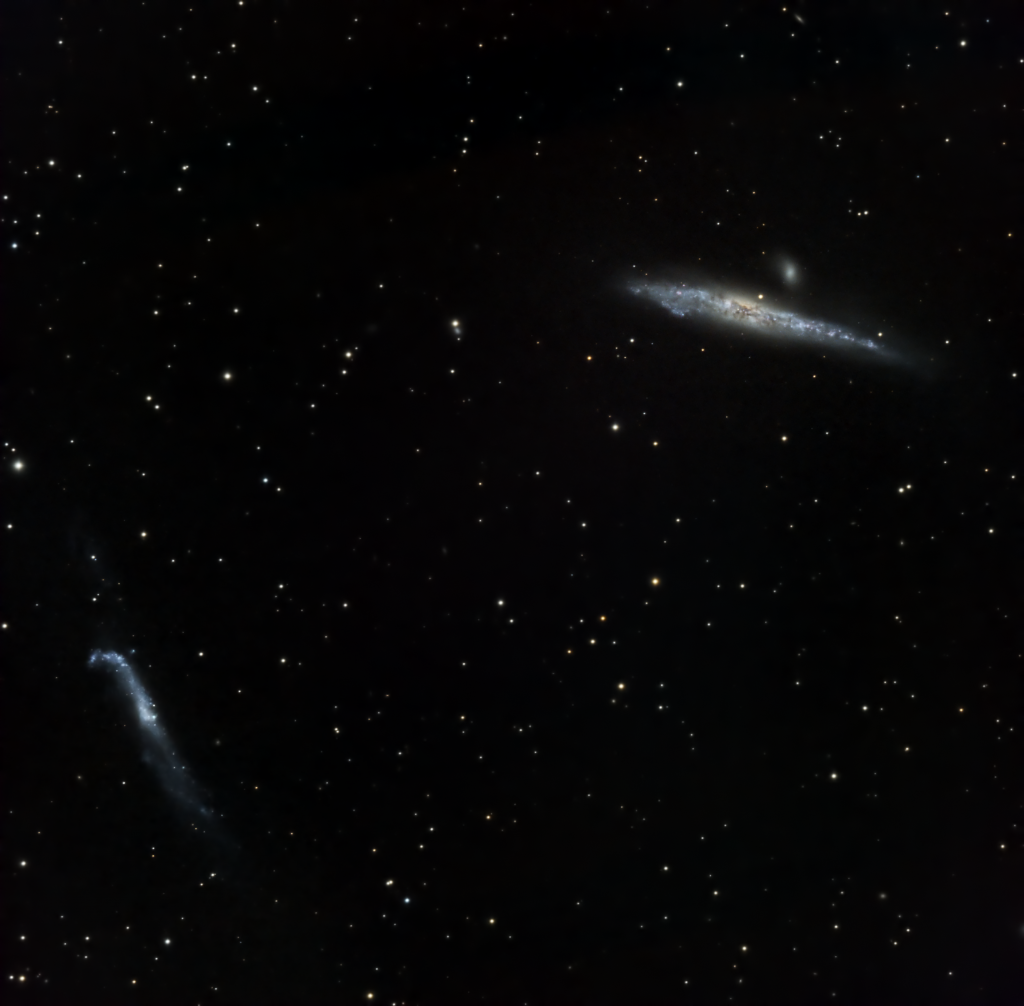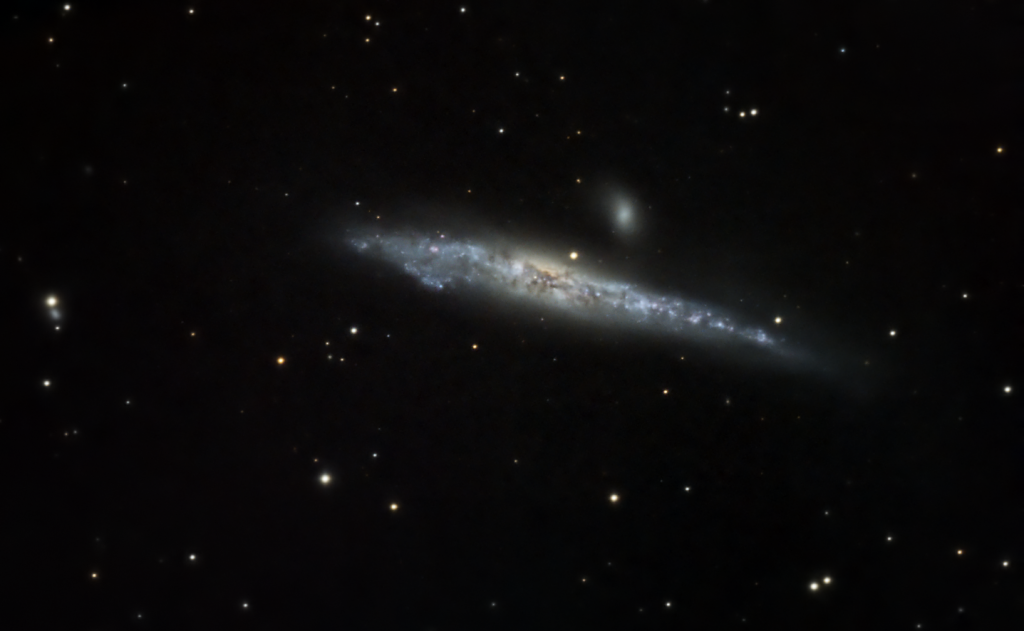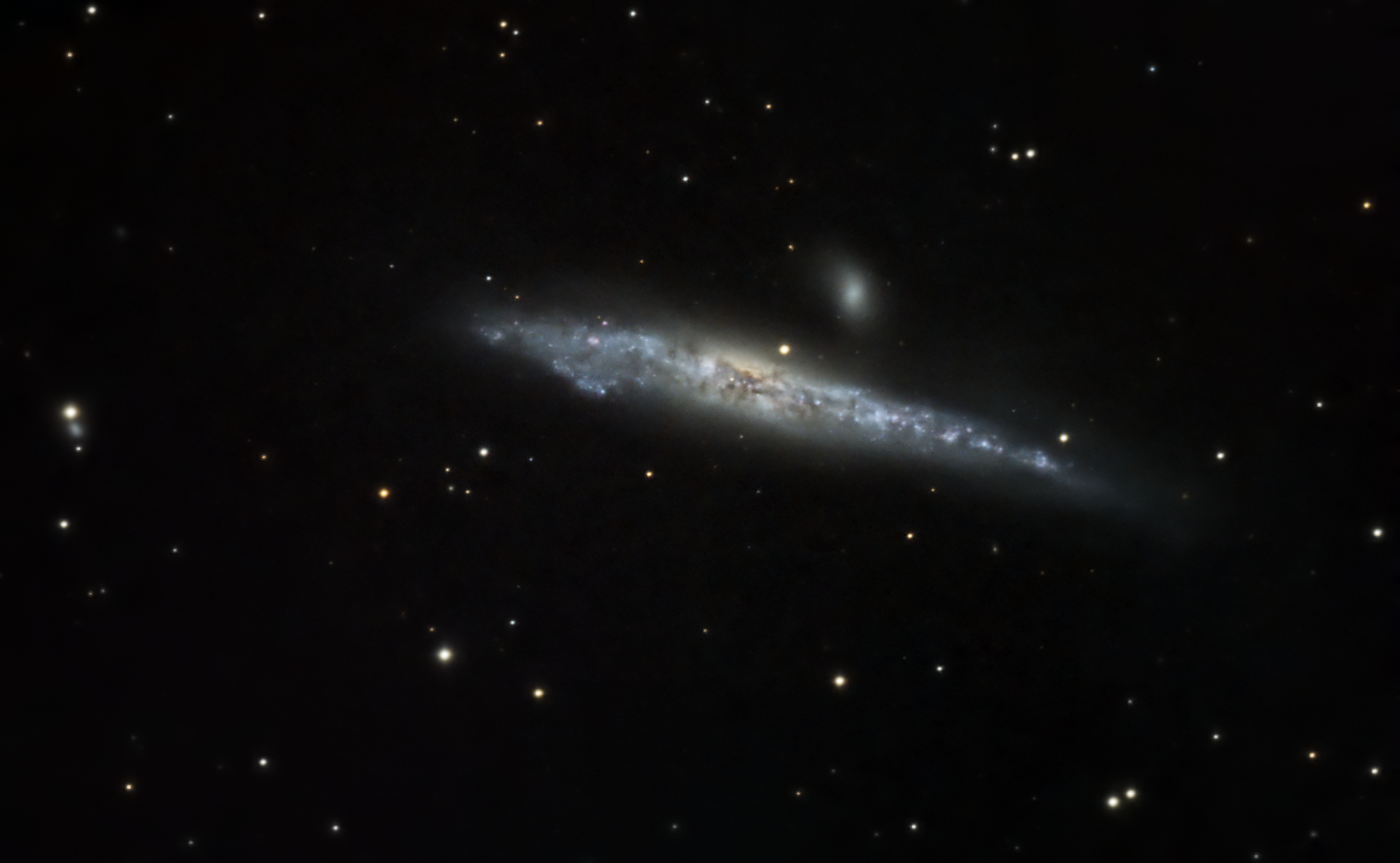
Similar Posts
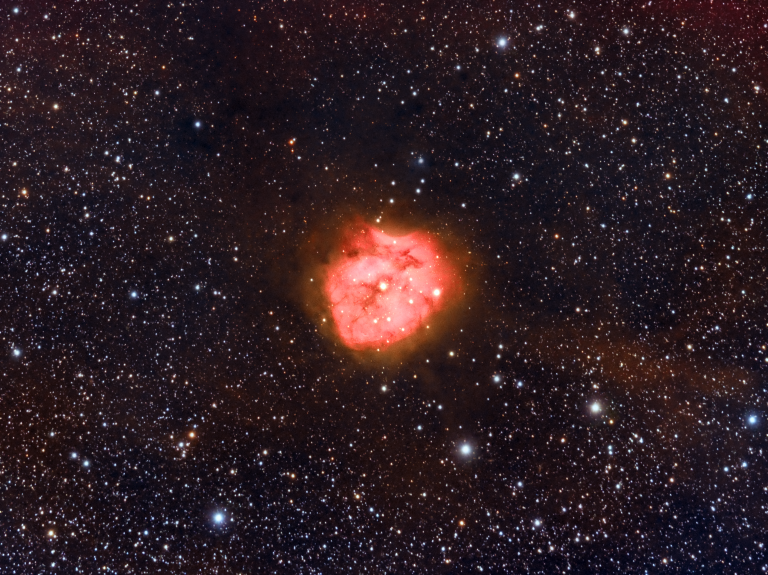
The Cocoon Nebula
The Cocoon Nebula in Cygnus is a compact cloud of Hydrogen, lit up by the bright star in its center. Dust lanes can also be seen across it, obscuring the ionized Hydrogen gas behind them. This object is best imaged during the heart of Summer, which means really challenging conditions here in Florida. High humidity,…
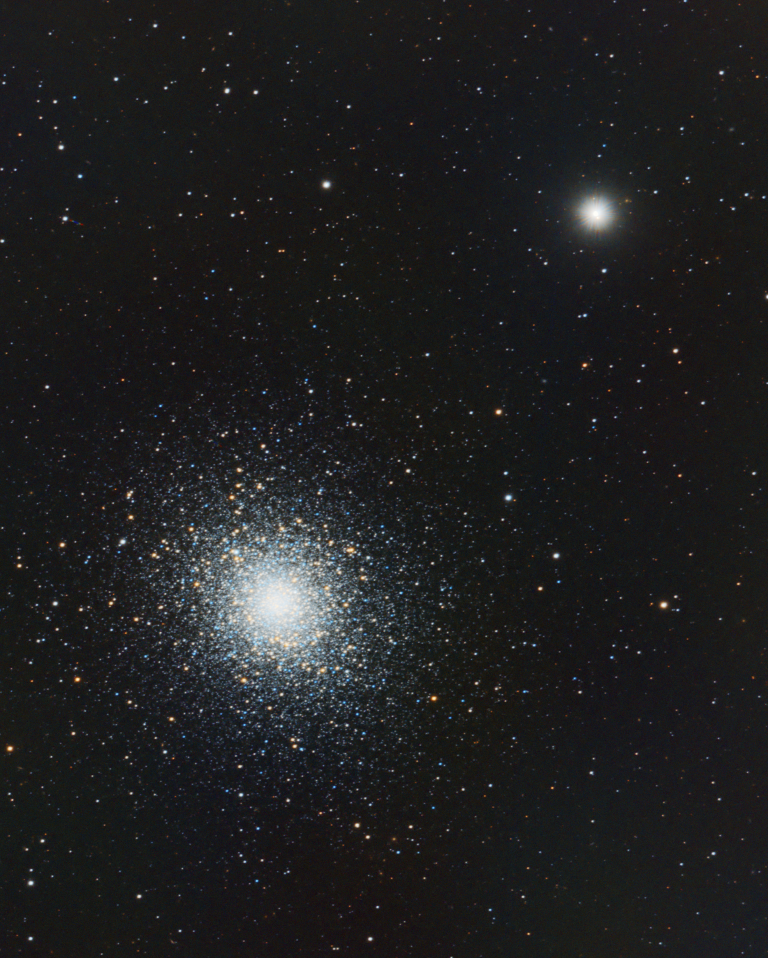
Globular Cluster M5
As we enter summer and the Earth starts pointing us back into the plane of the Milky Way and its many nebulas, we’re nearing the end of globular cluster season. M5 seems a fitting one to end on this year; there’s nothing terribly remarkable about it, other than I think it’s pretty. It’s located about…
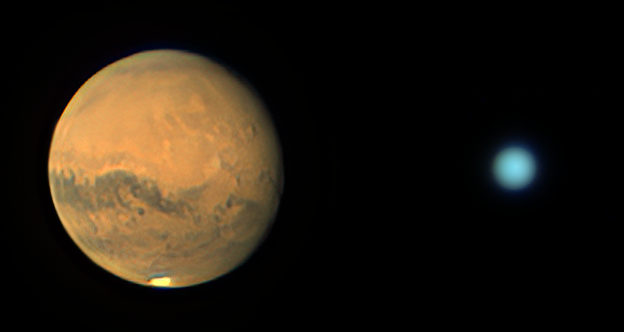
Mars and Uranus
As with any form of photography, getting a good shot is largely about being in the right place at the right time. When it comes to photographing the planets, sometimes that means getting up at a painful hour. Both Mars and Uranus are nearing “opposition” – the point where they are directly across from Earth…
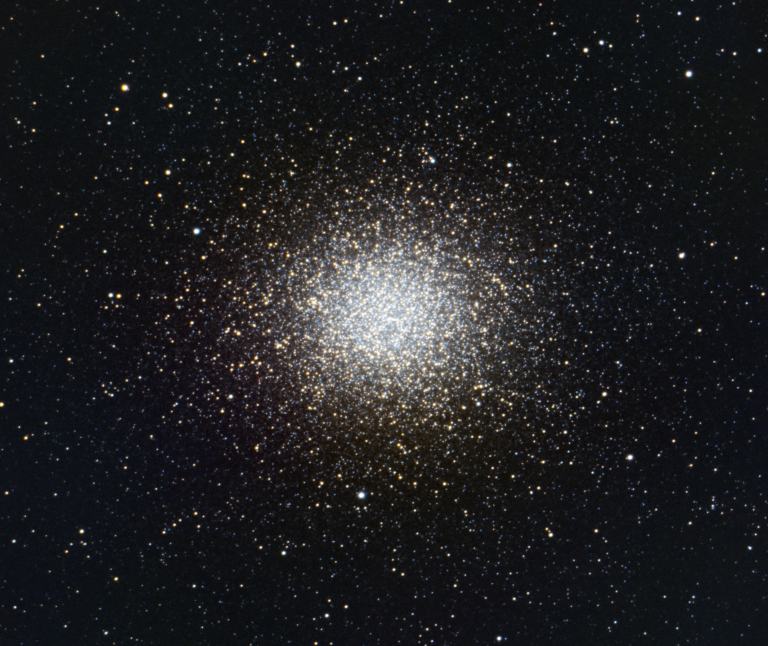
Omega Centauri – the biggest globular cluster, or is it something else?
This object was a real challenge to image. From central Florida, it only rises 13 degrees above the horizon, deep within the light-polluted murk of my Southern sky. Omega Centauri is a Southern hemisphere object, so capturing it from the Northern hemisphere requires effort. It’s worth it though – this is one of the most…
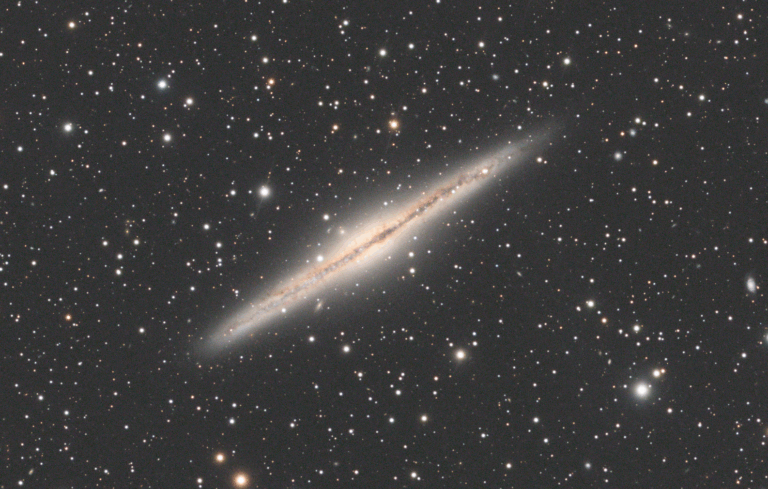
The “Outer Limits” Galaxy
This one’s also known as the “Silver Sliver” Galaxy, or more formally NGC 891. It’s about 30 million light-years away, well beyond our own local group. It’s thought to be quite similar to our own Milky Way! What I really geek out on, though, is the wider views here – there are so many other…
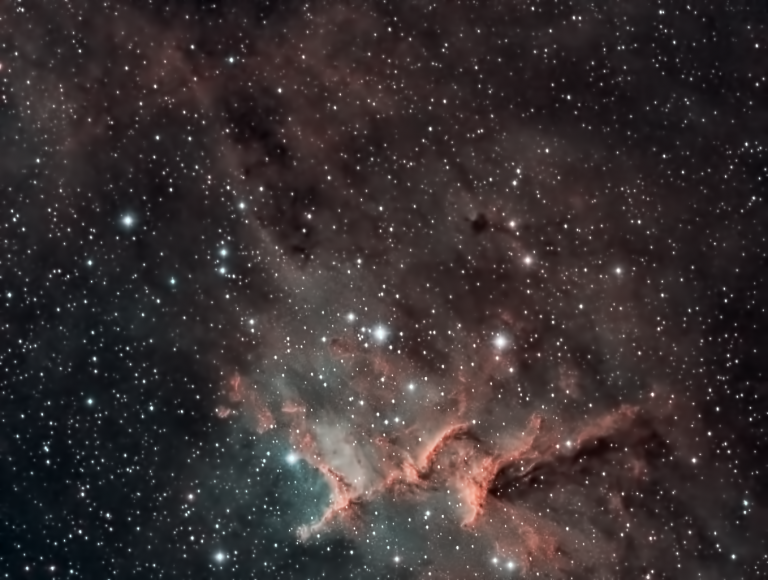
Melotte 15
This young star cluster inside the Heart Nebula is lighting up the clouds of gas from which it formed. 3 hours of narrowband exposure from my suburban driveway.

